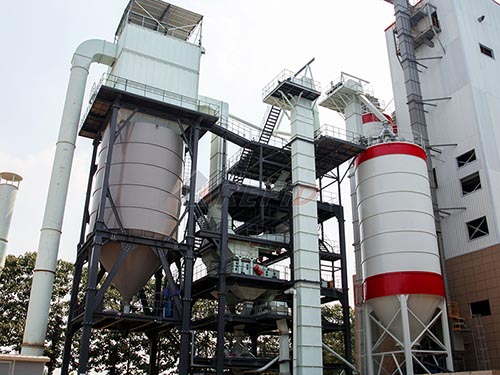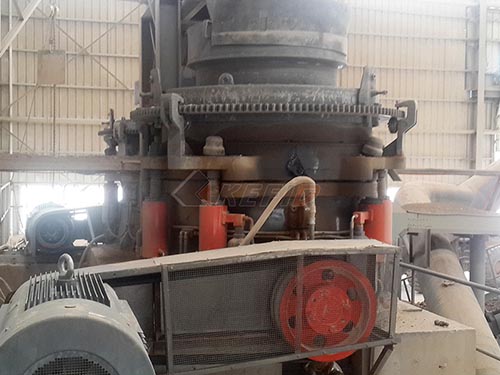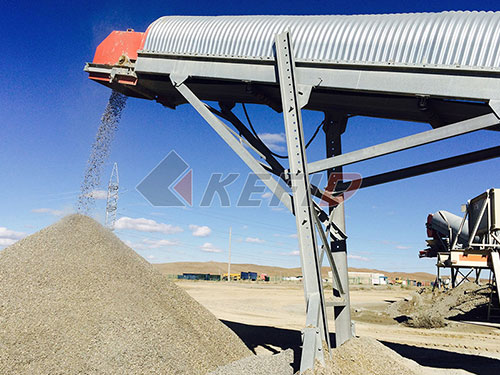
The Crushed Stone Heartbeat of Ishiagu: Powering Progress, Facing Challenges
Nestled within the resource-rich landscape of Ebonyi State, Nigeria, the town of Ishiagu resonates with a distinct, industrial rhythm. This rhythm is driven by the Crushed Rock Industry, a sector that forms the literal bedrock of infrastructure development not just locally, but across southeastern Nigeria and beyond. Far more than just quarries, this industry represents a complex ecosystem of extraction, processing, and logistics, pulsating with economic significance while grappling with substantial environmental and social responsibilities.
Economic Engine and Development Catalyst:

The sheer scale of demand for crushed stone aggregates (granite chippings of various sizes) fuels Ishiagu’s prominence. These aggregates are indispensable for:
1. Construction Boom: Serving as the primary raw material for concrete production in buildings, bridges, roads (like the critical Enugu-Abakaliki highway), and other vital infrastructure projects.
2. Road Foundations: Providing essential base layers for road construction and maintenance.
3. Drainage Systems: Used in erosion control and drainage works.
This demand translates into significant economic activity. The industry provides direct employment for thousands – from skilled machine operators and blasting experts to manual laborers involved in loading, transportation (a constant stream of tipper trucks), and site support services. Indirectly, it sustains numerous ancillary businesses: fuel stations, equipment repair workshops, spare parts suppliers, food vendors catering to workers, and local transporters. Revenue generated through licensing fees, taxes (where effectively enforced), and royalties contributes to local government coffers and state development funds.
The Extraction Landscape:
The industry operates predominantly through numerous small to medium-scale quarries scattered around Ishiagu and neighboring communities like Lokpanta. While a few larger players exist utilizing more sophisticated crushing plants (like jaw crushers followed by cone crushers to produce graded sizes), many operations rely on simpler setups involving manual breaking or basic mechanical crushers. Blasting remains a common method for initial rock fragmentation.
Confronting Critical Challenges:
Despite its economic importance, the Crushed Rock Industry in Ishiagu faces persistent challenges demanding urgent attention:
1. Environmental Degradation:
Dust Pollution: Constant crushing operations generate immense amounts of silica dust – a major health hazard causing respiratory diseases (silicosis) among workers and nearby residents.
Landscape Scars: Unregulated or poorly rehabilitated quarrying leaves behind gaping pits and scar

Leave a Reply